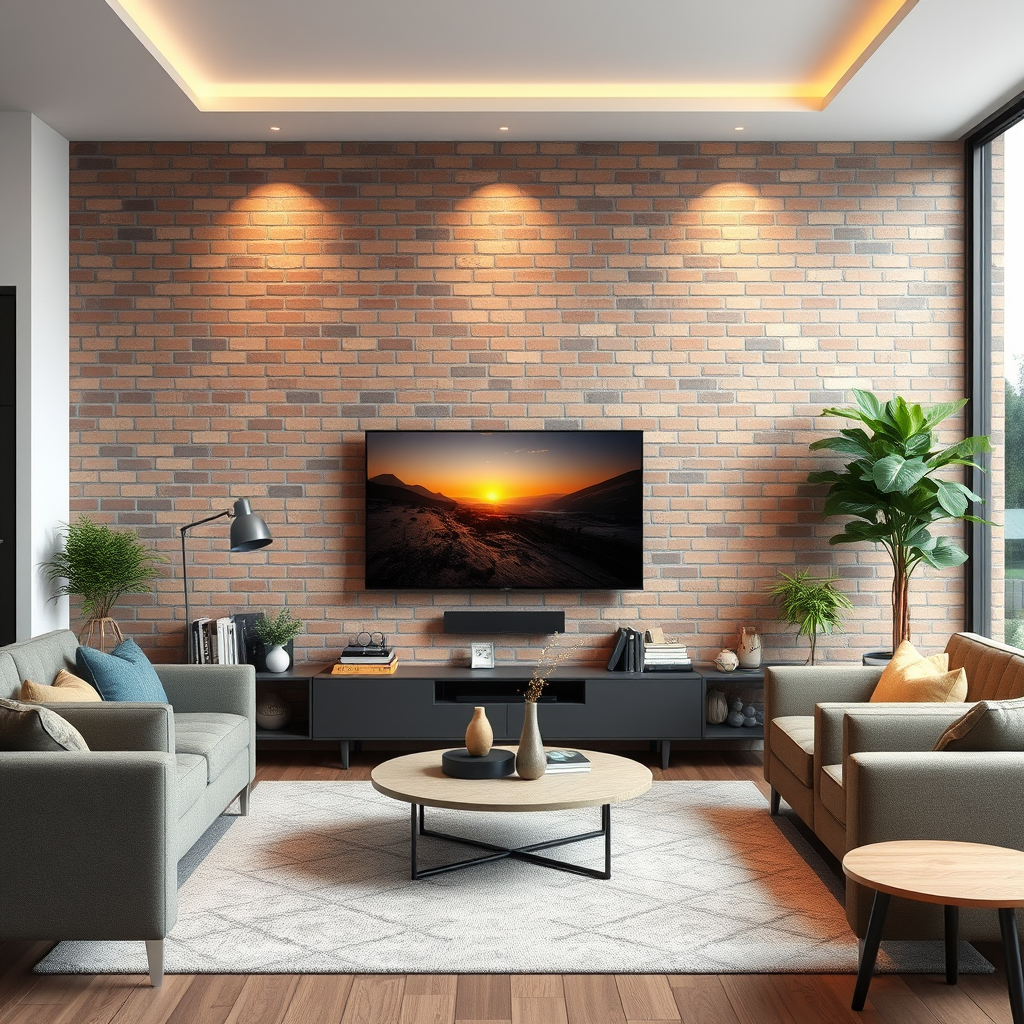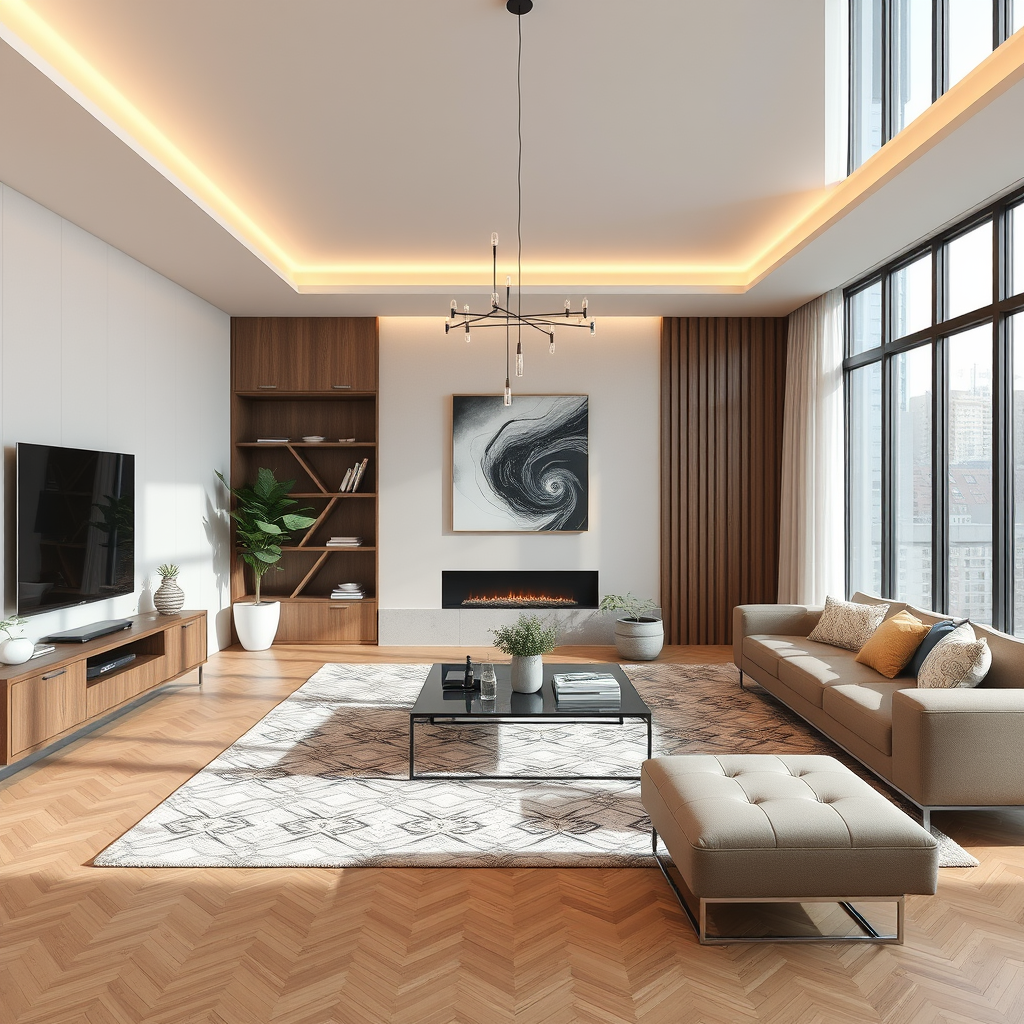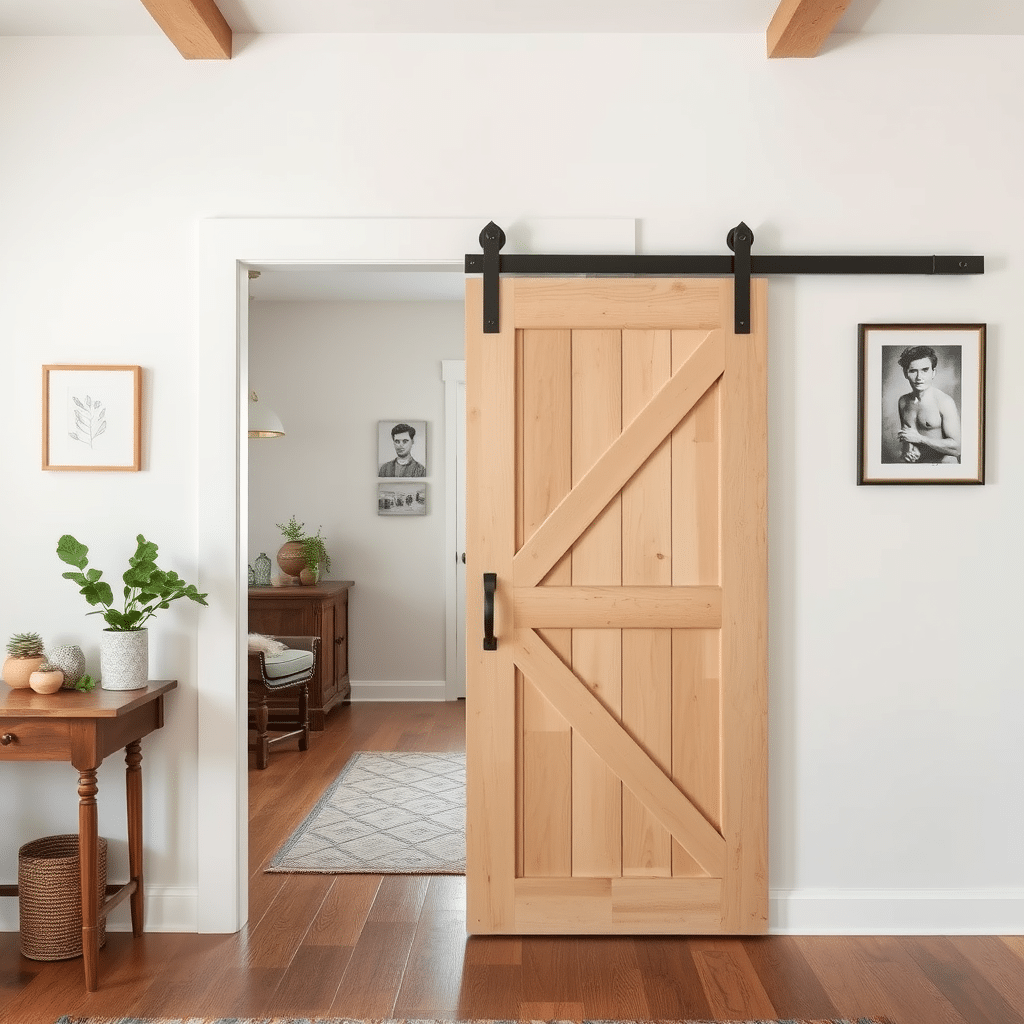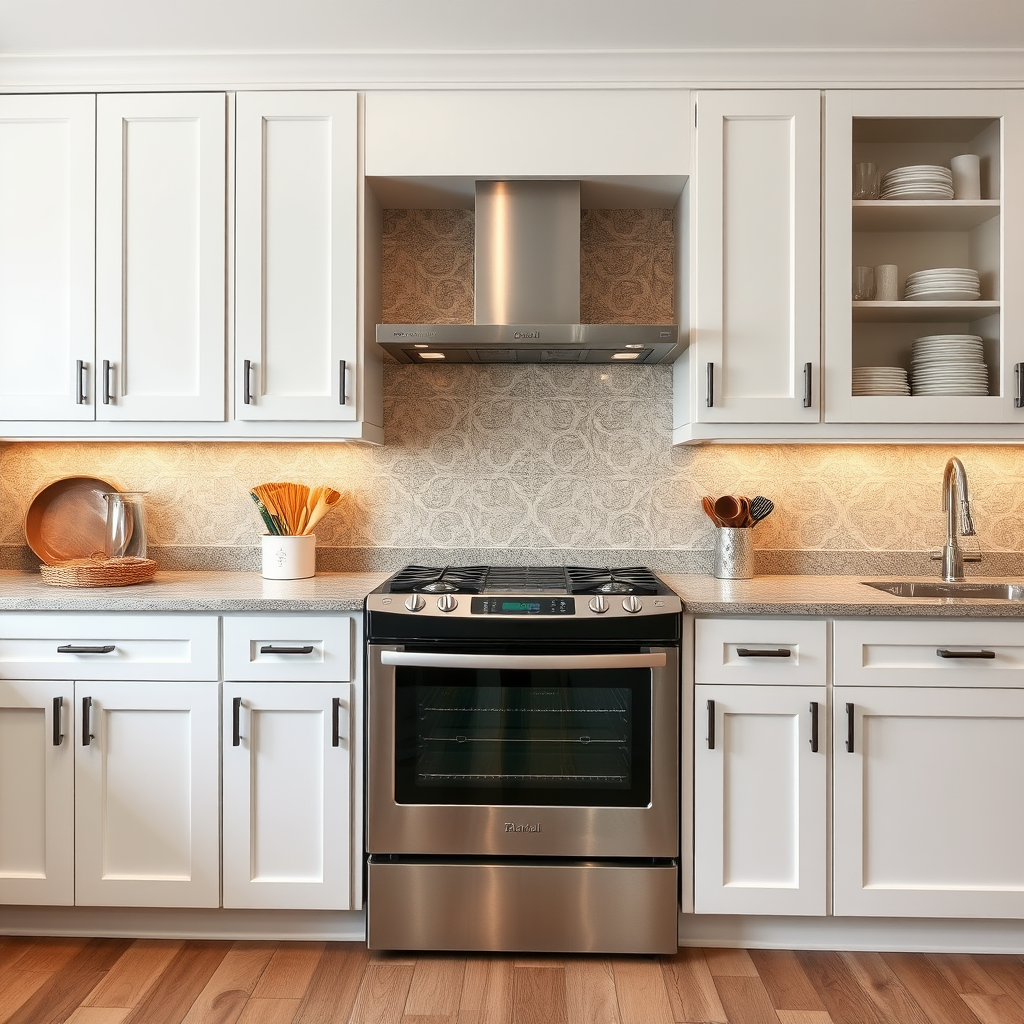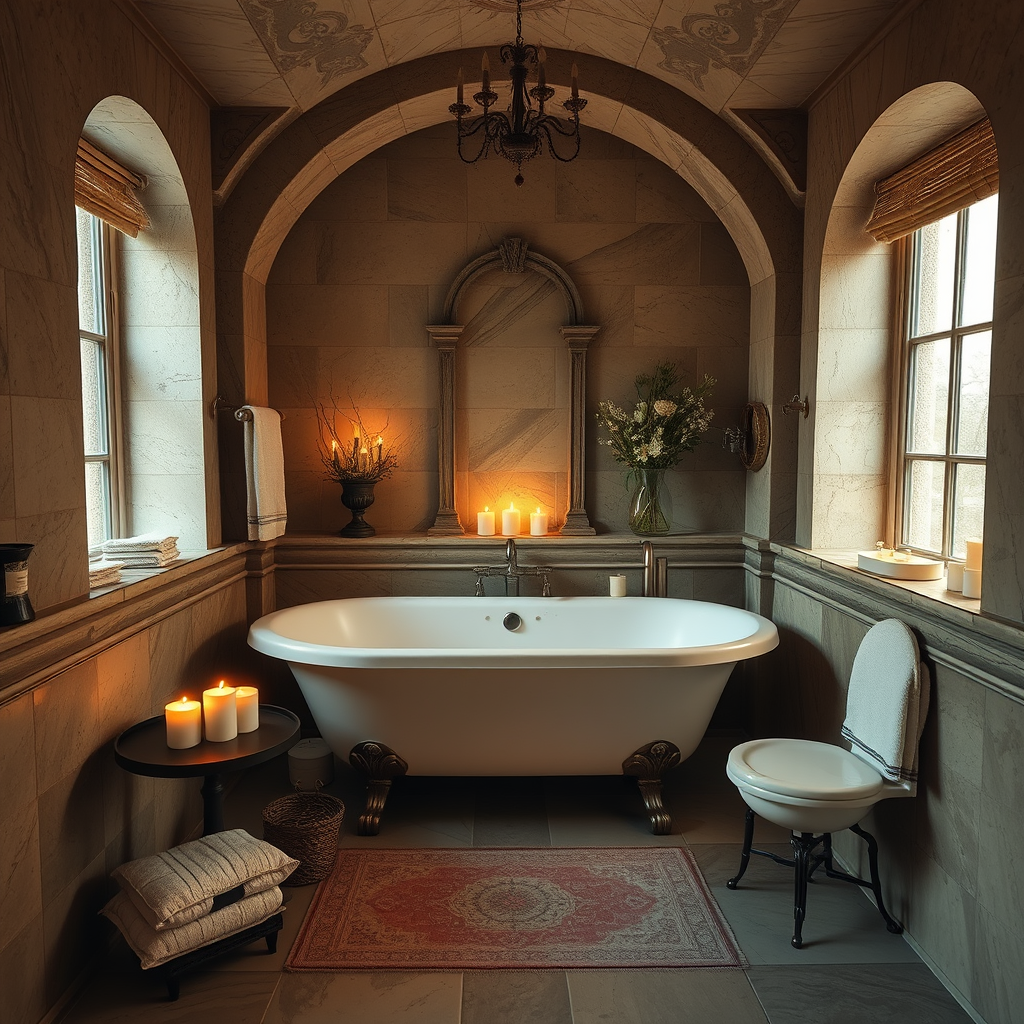Brick walls have long been a hallmark of architectural charm, and their enduring popularity in interior design is no surprise. They bring a blend of rustic charm, industrial edge, and historical depth to a space, effortlessly transforming a plain room into a character-filled environment. From sleek loft apartments to cozy cottages, brick walls offer versatility and a raw elegance that make them a favorite choice among designers.
Incorporating brick into your interior design is not only a nod to classic aesthetics but also a smart way to create texture, warmth, and contrast in your home. Here, we explore how to use brick walls in interior spaces effectively, enhancing both function and form.
#### 1. **Embrace the Natural Beauty of Exposed Brick**
Exposed brick walls are a popular choice in spaces where you want to highlight the natural, unfinished beauty of brick. The rugged texture and imperfect lines add depth to a room, creating an inviting and organic feel. This look works well in industrial spaces, where the rough edges of the brick complement raw materials like concrete and steel. However, exposed brick can also bring warmth to more traditional or rustic interiors, blending seamlessly with wood, leather, and other natural elements.
One of the key benefits of using exposed brick is its ability to add visual interest without overwhelming the room. The earthy tones of brick – from deep reds to muted browns and soft oranges – create a neutral backdrop that pairs well with almost any color palette.
#### 2. **Contrast Brick with Modern Finishes**
One of the most effective ways to use brick walls in interior design is to contrast their rugged texture with sleek, modern finishes. A brick wall paired with glossy white cabinetry, minimalist furniture, or metallic accents can create a striking visual balance. The roughness of the brick juxtaposed with the clean lines of contemporary pieces allows each element to stand out without clashing.
In open-plan living spaces, a brick wall can act as a statement feature, breaking up the space while maintaining a cohesive look. For instance, a kitchen island made of polished stone or stainless steel placed against a brick backdrop offers a beautiful contrast, merging modern design with rustic charm.
#### 3. **Painted Brick for a Softer Look**
While the raw look of brick is undeniably appealing, painting brick walls is another option for those seeking a softer, more tailored aesthetic. Whitewashed or painted brick can lighten a room and give it a more refined, contemporary feel while still retaining some of the brick’s natural texture. White brick walls work particularly well in Scandinavian or coastal-inspired interiors, where light and brightness are key design elements.
Painted brick can also be a good choice if you want to maintain the integrity of a brick wall but prefer a color scheme that doesn’t complement the natural tones of the brick. Soft greys, whites, and even bold colors can add a unique twist to a brick feature wall, allowing it to blend more seamlessly with your décor.
#### 4. **Highlight with Strategic Lighting**
Lighting plays a crucial role in showcasing the beauty of a brick wall. Because of its textured surface, brick interacts with light in a dynamic way, casting shadows and adding dimension to the room. To enhance this effect, consider

